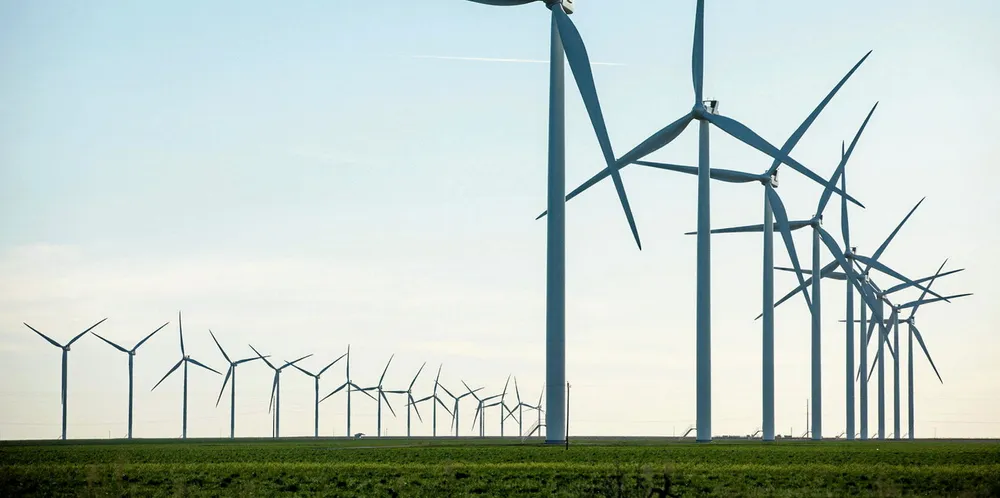US state of Mississippi readies for commercial-scale wind first with Vestas project sale to AES
Acquisition of 183MW Delta projects by developer from unit of Danish turbine giant will leave only eight states without onshore wind installations

The US state of Mississippi is set to see construction of its first-ever commercial-scale wind farm after developer AES acquired the 183MW Delta project from Steelhead Americas, the North American development arm of Danish turbine giant Vestas.
Terms of the transaction were not made public. Delta is “ready for construction”, according to Vestas, which has not yet said when groundbreaking on the project would take place or when it would be brought online.
“We are excited to develop the first wind project in Mississippi and look forward to bringing more wind energy to the region,” said Chris Rogers, vice president of development for Vestas North America, referring to southern states which have slower onshore wind speeds.
Mississippi is one of nine states without an onshore turbine spinning in the US, which is the number two wind nation in the world behind China with 138.7GW of installed capacity as March.
The other states are Alabama, Arkansas, Florida, Georgia, Kentucky, Louisiana, South Carolina, and Virginia, which does have a 12MW pilot generating electricity off its coast. Most are located in the humid, sun-drenched south, where wind speeds are lower onshore.
Mississippi governor Tate Reeves, a Republican, is more receptive to renewable energy development that his predecessor Phil Bryant who left office in January 2020.
Reeves favours an all-of-the-above energy mix to power generation anchored in biomass, natural gas, and nuclear, while encouraging development of wind and solar when economic. Coal provides about 15% of the state’s electricity, but generators are under growing public and regulatory pressure to accelerate plant retirements.
Technology is the biggest factor opening Mississippi and other southern states as a wind investment play, with taller turbines and longer blades enabling access to stronger wind speeds at higher altitudes, capturing more energy and reducing costs.
If southern states, which have traditionally relied heavily on coal which is mined in the region, can step-up plans to tap their higher altitude wind resource it would give the industry new growth markets and help clean their energy mix for power generation.
The Delta project will employ turbines with some of the tallest tip heights in North America, bringing an “untapped opportunity” to the state, according to Vestas, which did not disclose the turbine model.
The National Renewable Energy Laboratory in 2015 revised wind speed maps showing that Mississippi has more than 43GW of onshore wind potential at 360 feet (110 metres) height with a turbine achieving at least a 35% capacity factor.
In 2020, average tip heights for US projects that came online were 525 feet with some proposed turbines reaching more than 660 feet, holding promise that Delta could potentially achieve even higher capacity factors.
(Copyright)